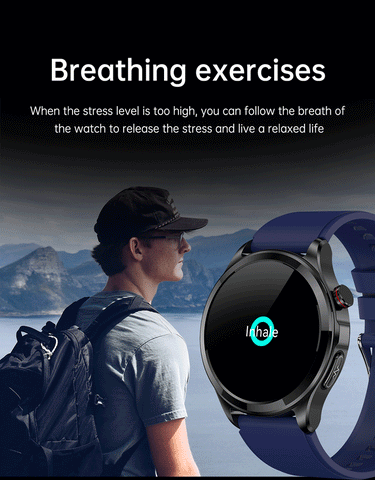How to Calculate Your Target Heart Rate
Maintaining an effective workout routine is a key element in achieving your fitness goals. Whether you're aiming to lose weight, build muscle, or improve cardiovascular health, understanding your target heart rate (THR) can significantly enhance the efficiency of your workouts.
What is Target Heart Rate?
Your target heart rate is the ideal range of heartbeats per minute (bpm) that allows you to exercise at an optimal intensity level for cardiovascular benefits. Exercising within this range ensures that you're working out safely and effectively without overexerting yourself.
Why is Knowing Your Target Heart Rate Important?
- Maximizes Efficiency: Helps in achieving fitness goals more effectively.
- Monitors Intensity: Ensures you're working out at the right intensity.
- Safety: Reduces the risk of overexertion and potential heart-related issues.
- Motivation: Tracking progress becomes easier and more measurable.
How to Calculate Your Target Heart Rate
Step 1: Determine Your Maximum Heart Rate (MHR)
The first step is to determine your maximum heart rate, which is the highest number of beats per minute your heart can reach during maximum physical exertion. A common formula used is:
MHR=220−age
For example, if you are 30 years old:
MHR=220−30=190 bpm
Step 2: Calculate Your Target Heart Rate Zone
Your target heart rate zone is typically between 50% and 85% of your maximum heart rate. To find this range, use the following calculations:
- Lower Limit: Lower Limit=MHR×0.50
- Upper Limit: Upper Limit=MHR×0.85
For a 30-year-old with an MHR of 190 bpm:
- Lower Limit: 190×0.50=95 bpm
- Upper Limit: 190×0.85=161.5 bpm
Thus, the target heart rate zone for a 30-year-old is approximately 95 to 162 bpm.
Step 3: Adjust for Fitness Level
For more personalized accuracy, consider your fitness level:
- Beginner: Aim for 50% to 60% of your MHR.
- Intermediate: Aim for 60% to 75% of your MHR.
- Advanced: Aim for 75% to 85% of your MHR.
Step 4: Monitor Your Heart Rate
Use a heart rate monitor or manually check your pulse to ensure you stay within your target heart rate zone during exercise. Here’s how you can manually check your pulse:
- Place your index and middle fingers on your wrist or the side of your neck.
- Count the number of beats in 15 seconds.
- Multiply this number by 4 to get your bpm.
Tips for Maintaining Your Target Heart Rate
- Warm-Up and Cool Down: Always start with a warm-up and end with a cool-down to gradually raise and lower your heart rate.
- Stay Hydrated: Dehydration can affect your heart rate.
- Mix It Up: Incorporate a variety of exercises to keep your workouts interesting and effective.
- Listen to Your Body: If you feel dizzy, short of breath, or experience chest pain, stop exercising immediately and consult a healthcare professional.
Calculating and maintaining your target heart rate is a simple yet effective way to enhance your workouts and achieve your fitness goals. By understanding your THR zone and regularly monitoring your heart rate, you can exercise more safely and efficiently. Remember, consistency and listening to your body are key to a successful fitness journey. Happy exercising!













